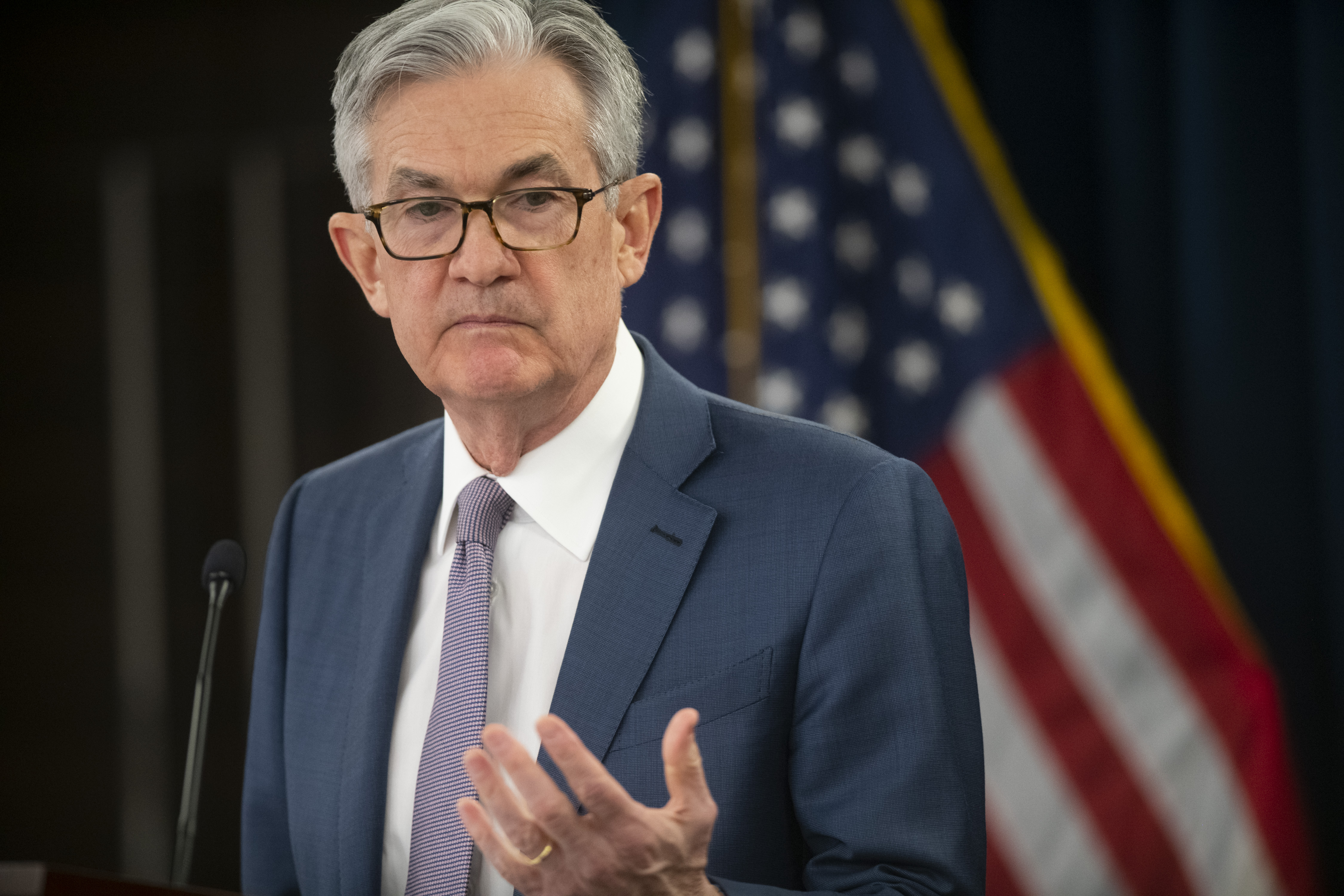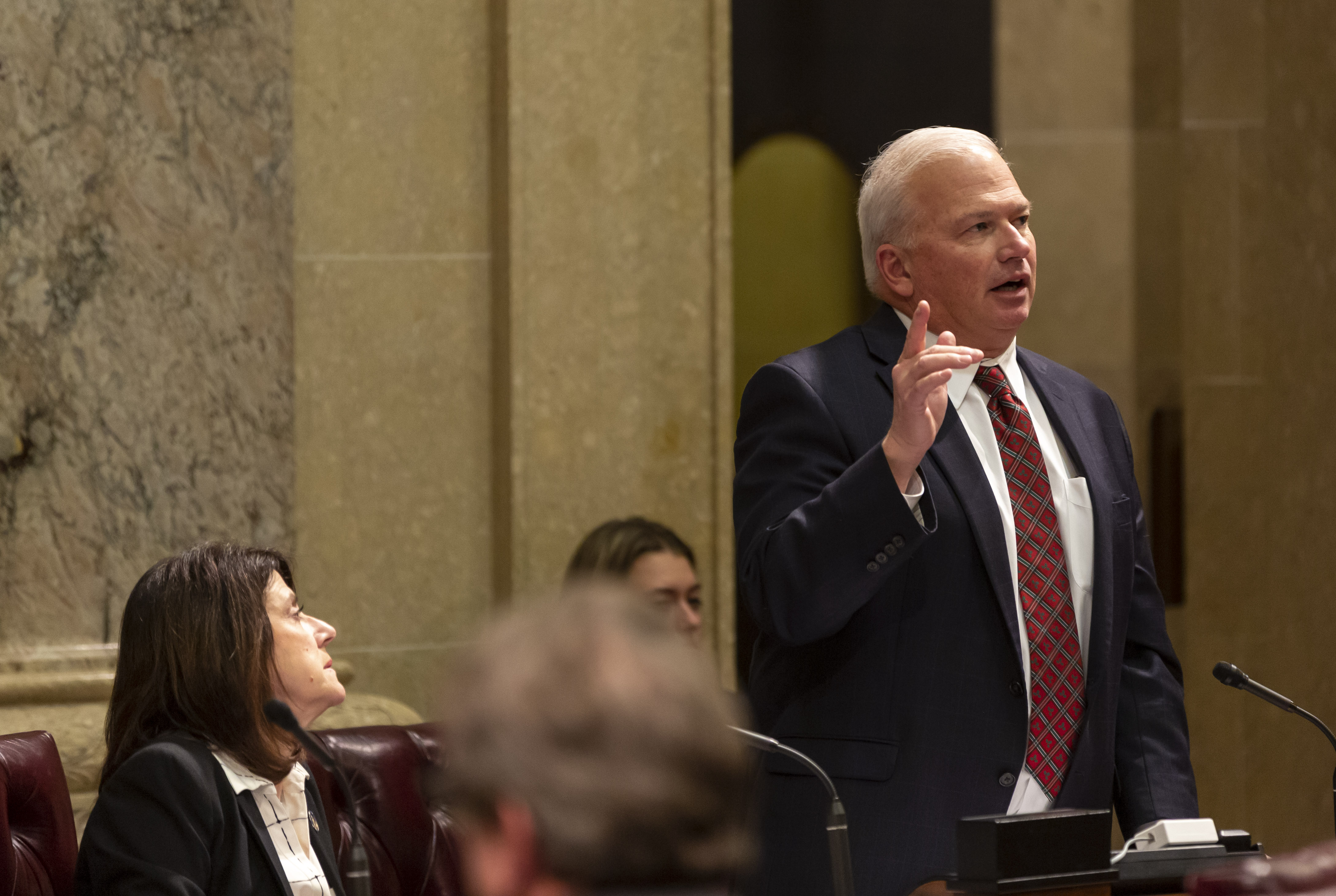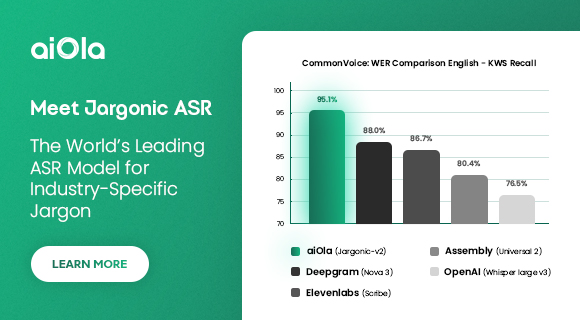All components of the bill will either meet their spending limits or cut more spending than required—except defense, which is over budget.
WASHINGTON—The Congressional Budget Office (CBO) has estimated that the budget reconciliation bill being drafted by House Republicans will cost less than expected.
Republicans are using the “budget reconciliation” process to enact President Donald Trump’s sweeping policy initiatives, including tax cuts, border and energy measures.
The process allows for Republicans to bypass the 60-vote filibuster threshold in the Senate, meaning they won’t need Democrats’ votes to pass the legislation.
However, the process has to meet certain requirements, including the “Byrd Rule” that prevents the legislation from increasing the deficit after 10 years.
This means that much new spending needs to be offset by cuts.
The levels of new spending and offsetting cuts were established in the budget resolution agreed to by both houses of Congress earlier this year.
The resolution directed committees in each chamber to draft components of the legislation.
Each committee was charged with either finding spending cuts or being allowed to boost funding.
On May 15, the CBO wrote a letter to the chairman of the House Budget Committee estimating whether the drafts would meet the targeted thresholds of increased or decreased spending.
Much of the legislation cuts spending more than required.
The drafts produced by the committees on Transportation and Infrastructure, Oversight and Government Reform, and Financial Services each led to spending cuts of $27 billion, $1 billion, and $4 billion, respectively, greater than the budget resolution required.
The drafts written by the committees on Agriculture and Energy and Commerce were required to have the greatest individual spending cuts, at $230 billion and $880 billion, respectively.
The CBO estimates that their legislation will exceed these cuts.
In the case of agriculture, the committee has estimated savings of up to $290 billion based on cuts to the Supplemental Nutrition Assistance Program (SNAP), colloquially called “food stamps” or “EBT,” which helps low-income families afford groceries.
Where spending is permitted to increase, those components have mostly adhered to limits.
In the case of border security and immigration, the drafts produced by the Committee on Homeland Security and the Judiciary Committee will cost less than expected.
The former, covering physical border security and migrant interdictions, will cost $67 billion as opposed to the authorized $90 billion.
While the latter, covering Immigration Courts, the asylum system, and deportations, will meet its limit of $110 billion.
Regarding taxation, which is the biggest component of the bill, the draft produced by the Committee on Ways and Means will cost less than its spending increase limit of $4.5 trillion. However, this figure has been disputed by some private spending monitoring groups, who estimate that the draft will increase the deficit by more than $5 trillion.
Only one account, defense spending, will exceed its authorized limit. The draft produced by the Committee on Armed Services goes $44 billion over its budget of $110 billion.

 1 month ago
3
1 month ago
3










 English (US) ·
English (US) ·